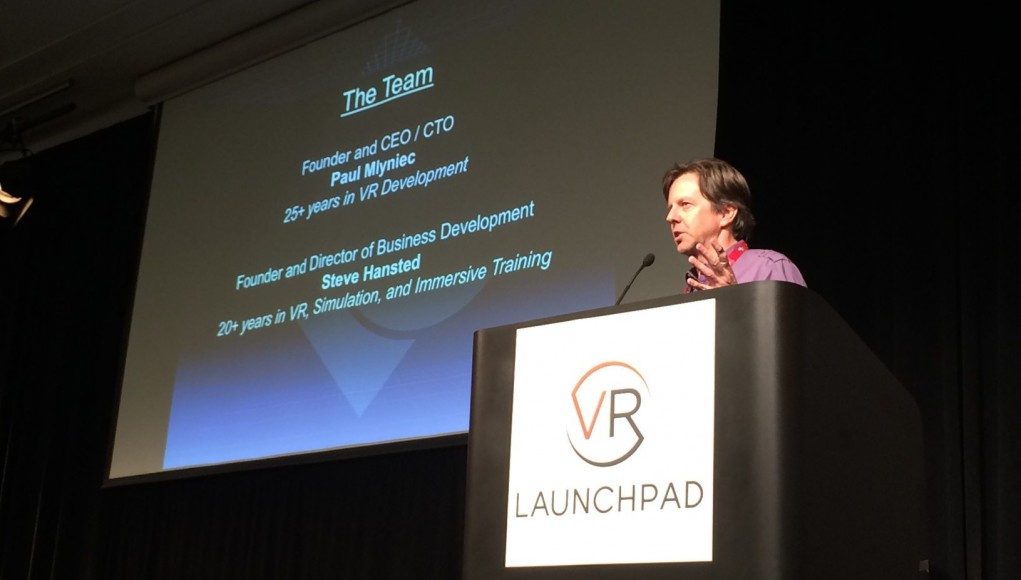Steve Hansted from Sixense took to the stage at VR Launchpad in Mountain View, CA today to announce that the virtual reality 3D modelling application MakeVR, often used alongside the company’s STEM motion controllers, is being “spun out” into a separate company and will become “hardware agnostic” where VR input is concerned.
VR Launchpad, the virtual reality startup showcase, is underway and one of the 24 startup pitching to the VRL panel today was not a startup at all – at least not yet. MakeVR is a software application developed by Sixense which aims to lower the barrier of entry for 3D modelling, traditionally an extremely technical and skilled arena. Utilising naturalistic and intuitive motion input, the application lets you sculpt with your hand inside a virtual space, allowing the user to express themselves freely or with great precision.
We’ve been fans of MakeVR for some time now, ever since Executive Editor Ben Lang first got his hands on a very early prototype way back at GDC in 2013. The team behind the application, effectively a separate R&D offshoot inside Sixense, originally built MakeVR around the company’s first motion controller—the Razer Hydra, but over time became one of the ‘killer apps’ rolled out to demonstrate Sixense’s STEM wireless motion controllers. Clearly, with Sixense’s focus on developing a great motion controller, it seemed likely that MakeVR would remain tied to STEM going forward.
Now, Director of Business Development and Community Manager at Sixense, Steve Hansted, has chosen the startup event VR Launchpad to announce that MakeVR will be spun out into a separate company, away from Sixense. This means that the company will be free to explore input devices and become “hardware agnostic”. Hanstead said that they were looking forward to bringing MakeVR to ‘Lighthouse’, Valve’s laser-based motion tracking technology that powers the HTC Vive VR system.
This seems like a smart move by Sixense, as its STEM project has faced seemingly countless problems reaching market after a very successful Kickstarter campaign back in 2013. Both Valve and Oculus both have VR input solutions which offer the freedom of movement and precision likey to do MakeVR justice and we’re looking forward to seeing it action on those platforms.







